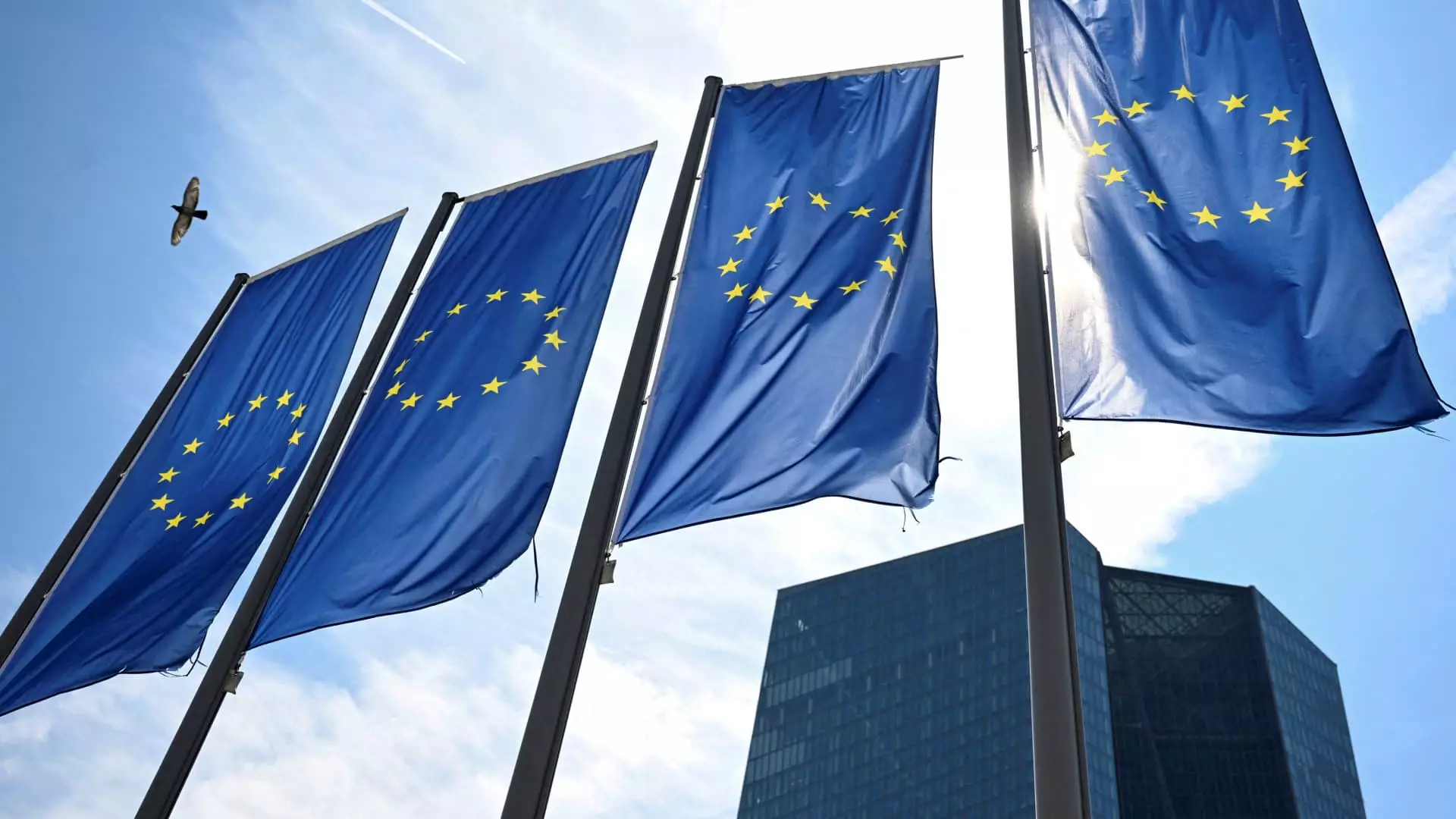As European leaders prepare to convene to address the urgent need for increased investments in defense infrastructure, the geopolitical landscape is rife with complexity. Central to these discussions is the looming presence of U.S. President Donald Trump’s recently announced tariffs on goods from key trading partners, namely Mexico, Canada, and China. Although European Union (EU) goods are not currently targeted, anxieties remain high as EU officials anticipate that they could become collateral damage in the broader economic conflict. The underlying challenge is not just about economics; it intertwines with issues of national security and strategic self-sufficiency for Europe.
In recent statements, President Trump has emphasized his discontent with what he perceives as the EU’s exploitative trade practices, claiming that the U.S. faces a staggering $300 billion trade deficit with the bloc. Trump’s rhetoric reflects a broader aggressive economic strategy focused on renegotiating trade terms that he sees as unfairly favoring U.S. rivals. This creates a precarious environment for European leaders, who are likely to confront the reality that tariffs could soon extend to their markets. EU leaders are wise to recognize the gravity of the situation; failure to manage these trade relations could significantly hamper their economic stability and investment capabilities.
Delving into the economic intricacies, the EU is not merely a passive player in this dynamic. As of 2023, the U.S. stands as the largest export destination for EU goods, with automobiles and pharmaceuticals comprising significant portions of these exports. Simultaneously, Europe relies heavily on U.S. oil and natural gas imports. This interdependence suggests that both parties stand to lose in a full-scale trade conflict. A senior EU official, who wished to remain anonymous due to the sensitive nature of relations, has indicated that discussions may not focus directly on tariff specifics but will nonetheless acknowledge the broader implications of Trump’s policies.
As tensions escalate, EU leaders seem to be exploring avenues to mitigate potential fallout. One response appears to be bolstering energy purchases from the U.S. in an attempt to align economic interests and stave off tariff implementation. The logic is clear; by increasing their imports of Liquefied Natural Gas (LNG), European nations can demonstrate a willingness to engage constructively with the U.S., potentially placating Trump’s administration and reducing their vulnerability to sudden tariff impositions.
Moreover, the EU officials stress the importance of a unified response to Trump’s tariffs. They assert that low tariffs foster economic growth and stability, which aligns with their vision of a robust and rules-based trading system. The emphasis on a “firm” response to any unwarranted tariffs illustrates a defensive posture, yet it also hints at readiness for economic negotiations.
Looking forward, the EU is faced with a dual challenge: the need to enhance its defense capabilities while navigating its tumultuous trade relationship with the U.S. The looming specter of a trade confrontation serves as a backdrop to the upcoming leadership summit, where defense spending is on the agenda. The complications arising from potential tariffs might hinder collaborative efforts essential for bolstering Europe’s defense strategy.
While the immediate focus of the European leaders’ meeting will likely revolve around defense funding, the undertow of economic relations with the United States cannot be ignored. Understanding that the complexities of trade policies can reverberate into economic security, EU leaders must tread carefully, balancing the necessity for defense enhancement with the risks posed by potential economic retaliation. The coming days may set the tone for not just European defense policies, but also the broader transatlantic economic relationship, further emphasizing the need for strategic agility in this uncertain landscape.

Leave a Reply